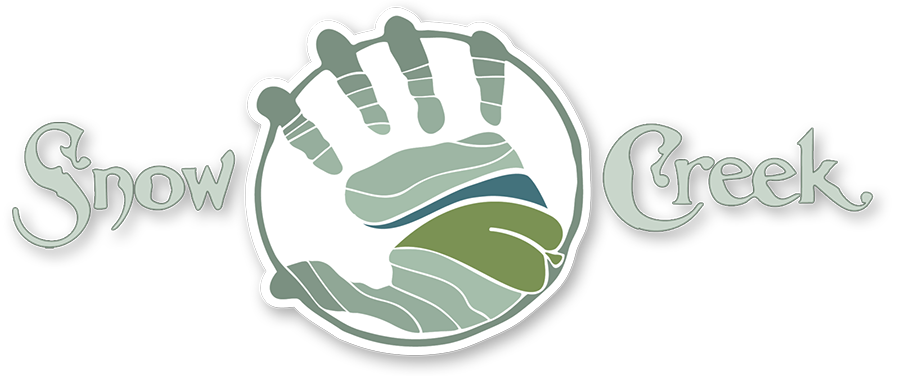Questions to ask when choosing plants.
Choosing plants that need less support over time create a wonderful look.
We have all been there, 20 minutes deep into deciding between two plants – neither of which you have any experience with. Seeing any outdoor or indoor plant flourish in your care is a great accomplishment. The flip side, however, is when you realize your lack of knowledge left it silently screaming for the right caretaker. It’s okay. It happens. Follow these simple guidelines and let’s see if choosing plants can become a little easier and more successful.
After choosing plants, they wait for their home at the Snow Creek Landscaping nursery.
Location, Location, Location!
The location of any plant is incredibly important for multiple reasons. If it aesthetically looks great positioned next to the open and sunny walkway, but it is a plant that survives only in shady areas – it isn’t going to last or reach it’s full potential. Let’s break it down into three areas of location.
Geographical location:
While indoor plants have the capability to live in the environment you create for them, outdoor plants often are stuck with what mother nature provides them. Tropical plants inside? Yes. Tropical plants at your lake house on the border of Canada? Not so much. We can learn from our mistakes, but some things just aren’t meant to be!
Choosing plants for your home or office must be based on whether or not you can provide the right habitat that they were meant to live in. For us, the winters and climate of Asheville, NC aren’t habitable to many plants that people associate with the south. Get native, get results.
Property placement:
You found it, the perfect bush that both attracts your eye AND thrives in your area. These days, we relatively can alter the soil and environment that will welcome the success of specific plant species. If changing your environment isn’t an option, however, you must take into account the needs of the plant.
Learn the environmental needs of a plant and compare them to what your space can offer. Will it be able to breathe or does it need direct sunlight? If your backyard is heavily clay based, will you need to add additional soil and nutrients to allow it to flourish? Is it accessible to your cat who ultimately loves to break potted plants? Hey – it’s a thing!
Ask yourself these questions to help find the perfect environment within your home.
Aesthetics:
This is a big deal for both the look and feel of either your home or place of business. Though, at the end of the day this is ultimately your decision. In your environment, you are the decision maker.
Note: you still can’t change the biological needs of a plant.
Take time researching the thousands upon thousands of examples on the internet. Get a feel for what makes you feel good at the time, but also what will grow into it’s environment. Most importantly, have fun with it!
Choosing plants based on your commitment.
Maintaining happy plants means working with their needs. There is no simple way around that.
Personal Commitment
If you want your office to be tropical oasis, but you have historically never watered your plants – start small. Learn to create systems that will help you remember to take care of your new green friends, then progressively add additional ones as you become comfortable. Set reminders, create visuals, or download an app. Yes, it is a thing.
Don’t put yourself in a situation where you invest in greening up your environment, then see it wither away. Write down a list of your previous strengths and struggles as a plant or yard owner, and start there. It all starts with what you can provide.
Additional support
We have helped many clients in the Asheville area create the perfect landscape to emphasize their surroundings. Hand selected plant species are tailored to work with their specific location. For many, they already know that they cannot provide the maintenance to keep it thriving and looking great. Others can upkeep the occasional needs, but may need a larger upkeep during the year.
If you are in the greater Asheville, Western North Carolina area and looking to expand your yard into a personalized oasis, reach out to our team and see how we can assist your needs. We have a staff of highly qualified naturalists, arborists, botanists, and horticulturists on our natural resource management (NRM) team to work with our designers and clients.


